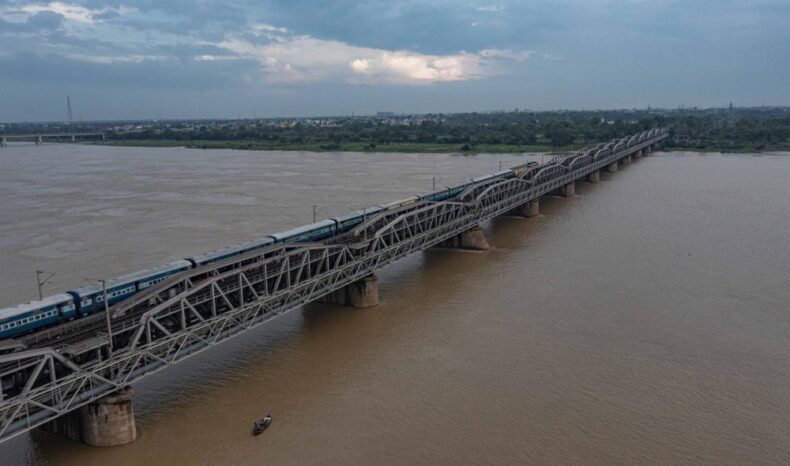After Europe’s torrential rains, the wrath of flash floods spreads across other parts of the world too. Afghanistan, Pakistan, and India are witnessing infinite heavy rainfalls, causing floods. In addition, extreme global warming, carbon emissions, and rising temperatures of the earth are the root cause of several climatic advertising all over the world.

Floods occur due to heavy rainfall in a few hours, like 6 hours. Scientists believe melting glaciers is also a contributing factor in frequent floods occurrence. Furthermore, apart from the United Kingdom and France, China, Pakistan, Afghanistan, and India, are dealing with flash floods.
Flash floods have killed 36 people in Pakistan and 11 in Afghanistan
On Sunday, intense rainfall triggered flash floods in Afghanistan and neighbouring parts of Pakistan. According to the local officials in Afghanistan, so far, 11 people have died. Furthermore, the Associated Press news agency video on Khushi district, south of Kabul (capital of Afghanistan), shows the people cleaning up after the flash floods damaged their homes in disarray.

Flash floods in impoverished rural areas of Afghanistan, the mud houses collapse and wash away poorly built homes. Every year in Afghanistan, several people lose their homes and belongings while others go missing. Furthermore, in neighbouring Pakistan, 36 people have died so far. The following numbers were released by the country’s national disaster management authority.
Cloudbursts in India’s Himachal and Uttarakhand regions
The torrential rainfall triggered flash floods in several areas of Himachal Pradesh and Uttarakhand states. After the cloudbursts in Uttarakhand on Saturday, more than 12 people were reported injured and four killed. Furthermore, buildings collapsed, mud houses washed away, and bridges were destroyed due to the monsoon triggering massive flash floods.
According to the data released by local authorities, 40 people are reported dead. In addition, landslides and flash floods were witnessed in the Himalayan regions too. In Shimla, a building collapsed while plant debris and mud rocks blocked the highways and roads. Furthermore, rescue teams and National Department Management Authority (NDMA) is actively evacuating people trapped under the debris, collapsed buildings and near riverbanks.

The respective authorities have suspended devotees and travellers from visiting the famous Indian pilgrimage ‘Vaishno Devi’. Disasters like floods, landslides, and their repercussions are common in India between July to September. Heavy monsoons in areas with narrow rivers trigger flooding and landslides in mountain regions.
A landslide triggered flash floods in China killing 16 people
China is witnessing its most intense heat and severe drought. However, due to a landslide on Thursday, a river changed its course which led to flash floods in populated areas of Qinghai. In Bejing News – a local news channel – a video shows muddy water running down the streets, with debris and uprooted trees floating in it. In several areas where the waters have decreased displayed several cars overturned.

So far, 11 people are reported while 23 people are missing. On Thursday, the Ministry of Finance and Emergency Management allocated $7.35 million from the central natural disaster fund to support disaster relief in Qinghai.
Currently, China is dealing with multiple natural disasters such as alarming drought and flash floods.
Environmentalists and scientists believe the rising temperature of the earth and rapidly melting glaciers are the cause of such climate extremities all over the world. In addition, the intensity and frequency of natural disasters such as wildfires, floods droughts, etc is rise in the coming years.













